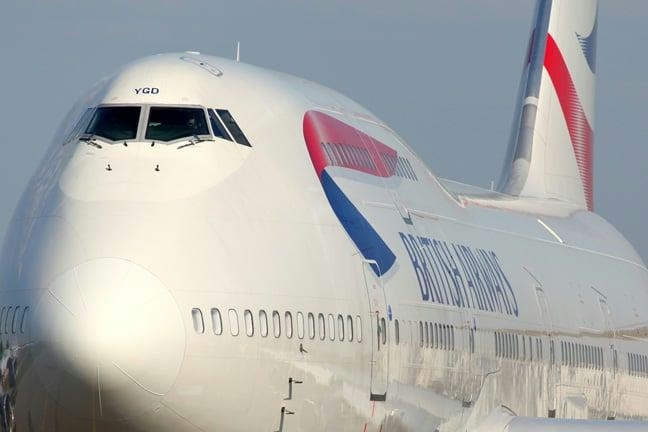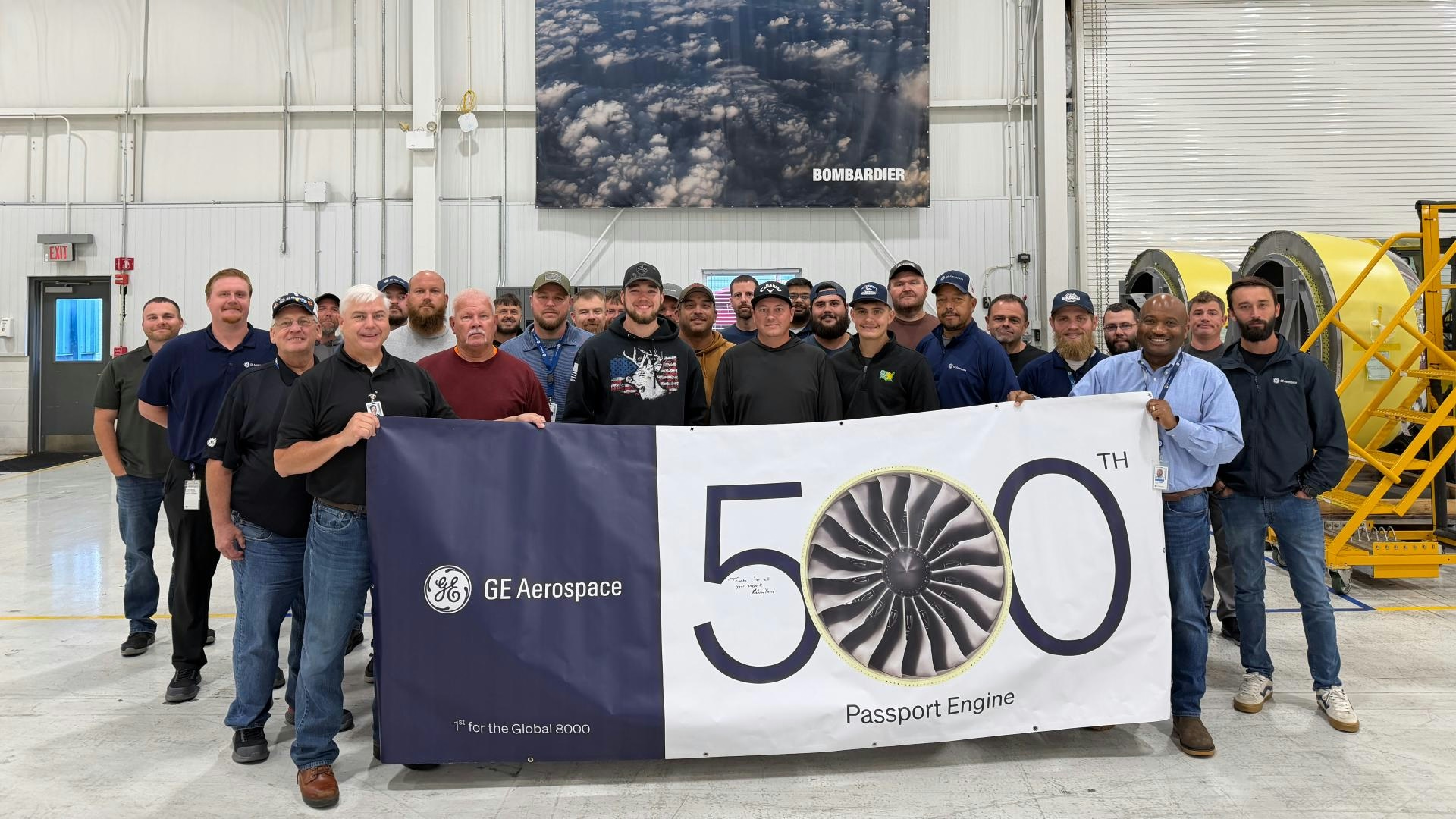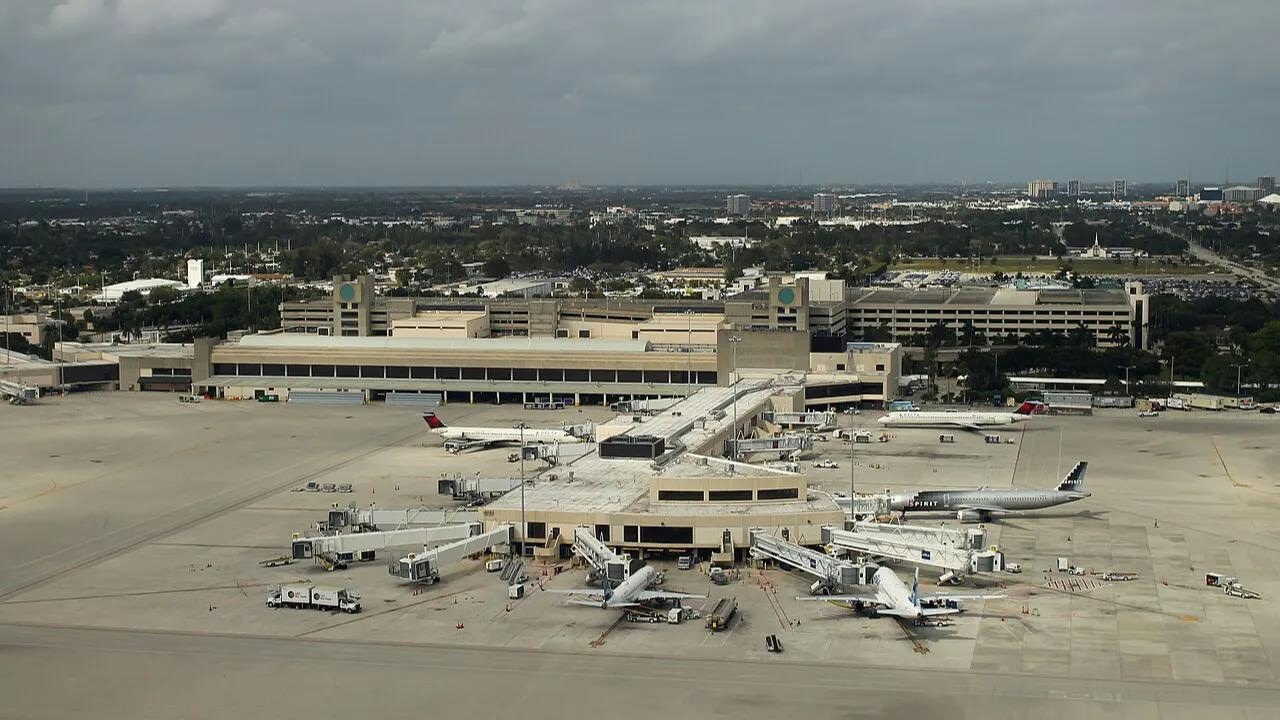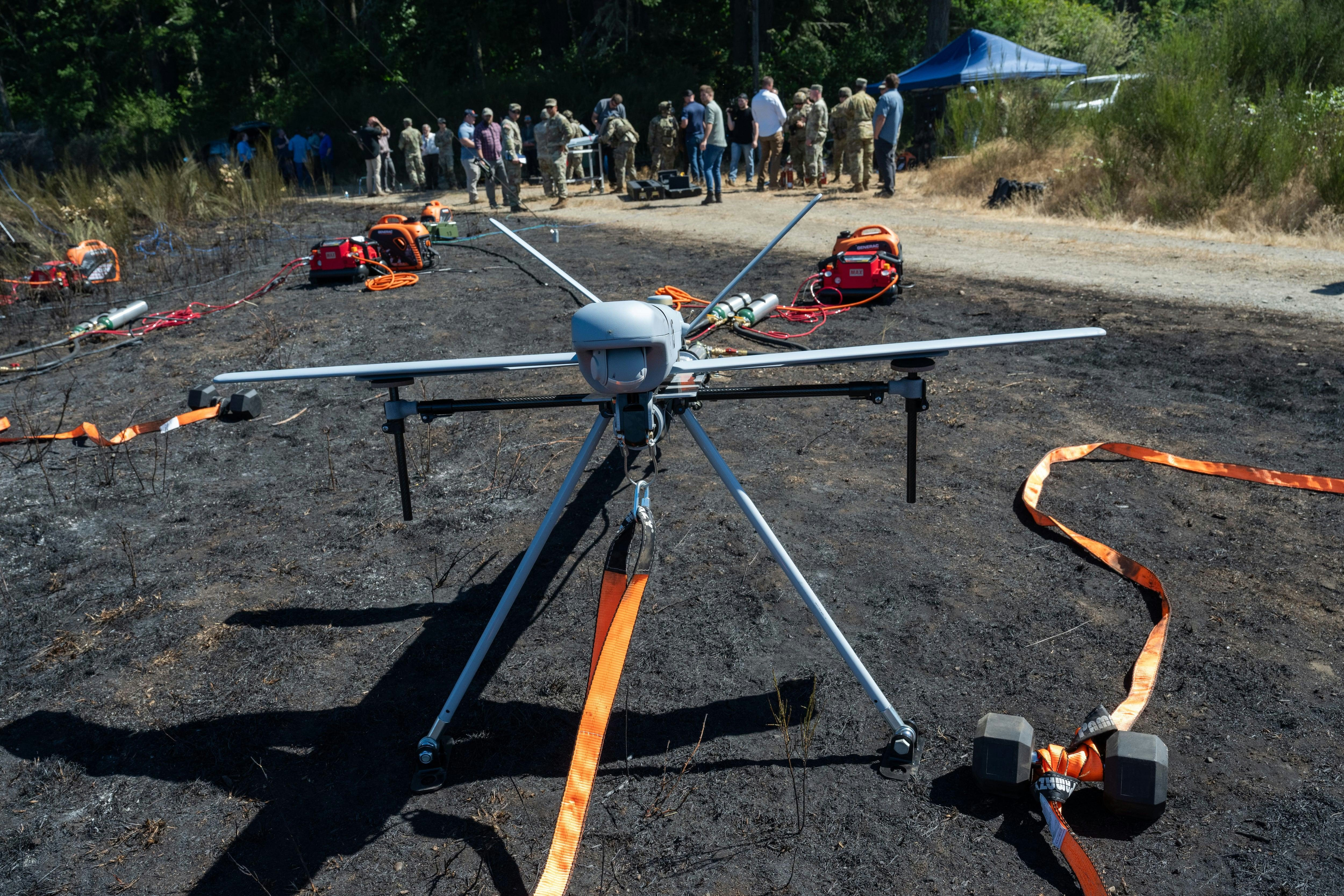
AeroGenie — 您的智能副驾驶。
热门趋势
Categories
Hancock Aviation Opens New Line Station in Shymkent, Kazakhstan

Hancock Aviation Expands Operations with New Line Station in Shymkent, Kazakhstan
Hancock Aviation, a prominent international provider of EASA Part 145 maintenance services headquartered in Germany, has inaugurated a new line maintenance station at Shymkent International Airport (CIT) in Kazakhstan. This development marks a significant extension of the company’s existing operations in Almaty (ALA) and reflects its strategic commitment to deepening its presence across Central Asia.
Service Capabilities and Strategic Intent
The newly established Shymkent facility will initially focus on supporting Airbus A320 and A330 aircraft, with plans to broaden its service portfolio to include the Boeing 747 as demand increases. The company is also evaluating the potential addition of Boeing 737 and 777 aircraft to its maintenance offerings in the near future. Benjamin Nolden, Hancock Aviation’s accountable manager, emphasized the importance of this expansion, stating, “With increasing demand for widebody aircraft support in the region, our new Shymkent station strengthens Hancock Aviation’s footprint in Kazakhstan. We see substantial investment in smaller airports across the country aimed at attracting new airline customers.”
This move aligns with Hancock Aviation’s broader regional strategy, which includes the forthcoming opening of a new facility in Turkistan (HSA). The company specializes in niche aviation services such as worldwide Flying Spanner support, ad-hoc line maintenance, and aircraft transition projects, leveraging an agile and flexible operational model designed to meet the evolving requirements of airlines in dynamic and sometimes unpredictable markets.
Navigating Regional Challenges and Partnerships
Hancock Aviation’s expansion into Shymkent occurs against a backdrop of complex geopolitical dynamics in Central Asia, where regional tensions and shifting international relations pose operational challenges. The company must also address regulatory compliance and potential supply chain disruptions as it establishes its presence in this new market. Market responses are anticipated to vary, with local carriers like Air Astana potentially adjusting their route structures or flight frequencies in response to heightened competition. Competitors may similarly seek to enhance their service offerings or expand their networks to safeguard market share.
Integral to Hancock Aviation’s successful adaptation to the local business environment has been its collaboration with World Aircraft Services, a US and Kazakh-based firm specializing in ground and cargo handling. Nolden praised the partnership and the local workforce, noting, “We are truly impressed by the skills, experience, and work ethic of our local Kazakh engineers.”
As Hancock Aviation continues to expand within Kazakhstan, its capacity to navigate local conditions and respond effectively to competitive pressures will be critical to sustaining growth and operational success in this rapidly evolving region.

United Airlines Flight Returns to Dulles After Engine Failure on Takeoff

United Airlines flight makes emergency landing at Dulles after engine failure

The Impact of the New Air Force One’s Delayed 2028 Arrival on Aviation and Travel

United Airlines Restarts Controversial AI Scheduling for Flight Attendants

Joby Aviation’s Air Taxis Poised to Change Urban Travel and Tourism

BA Chief Warns AI Agents May Diminish Brand Visibility

How GE Is Meeting Global Jet Engine Demand

IATA Projects Airline Profits of $41 Billion in 2026

Five Air Taxis Poised to Shape Urban Mobility by 2026
